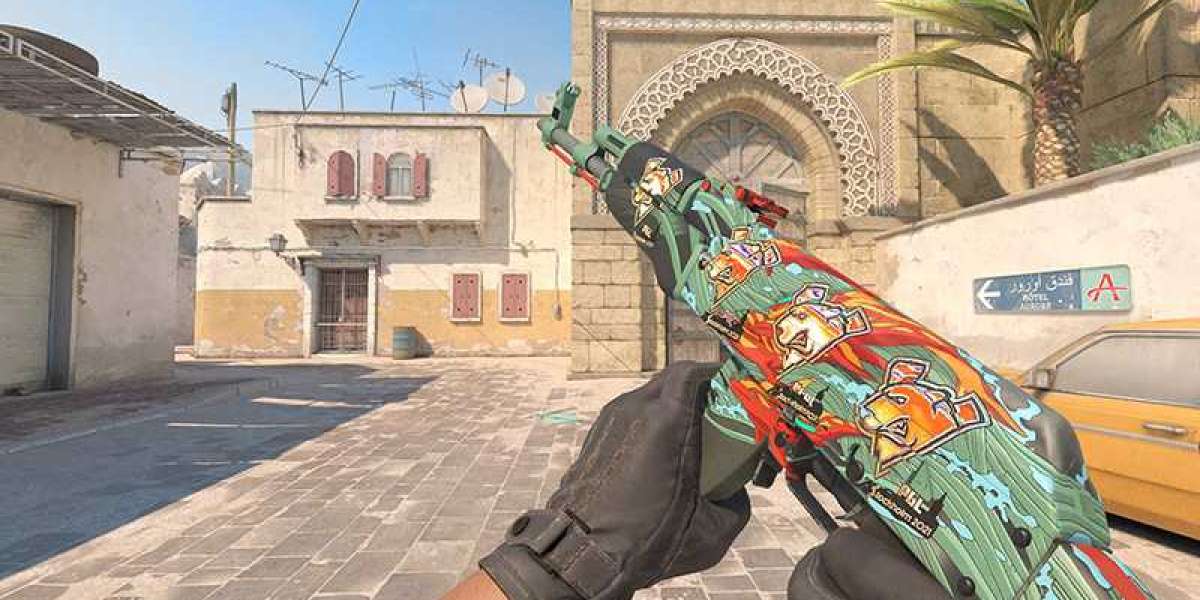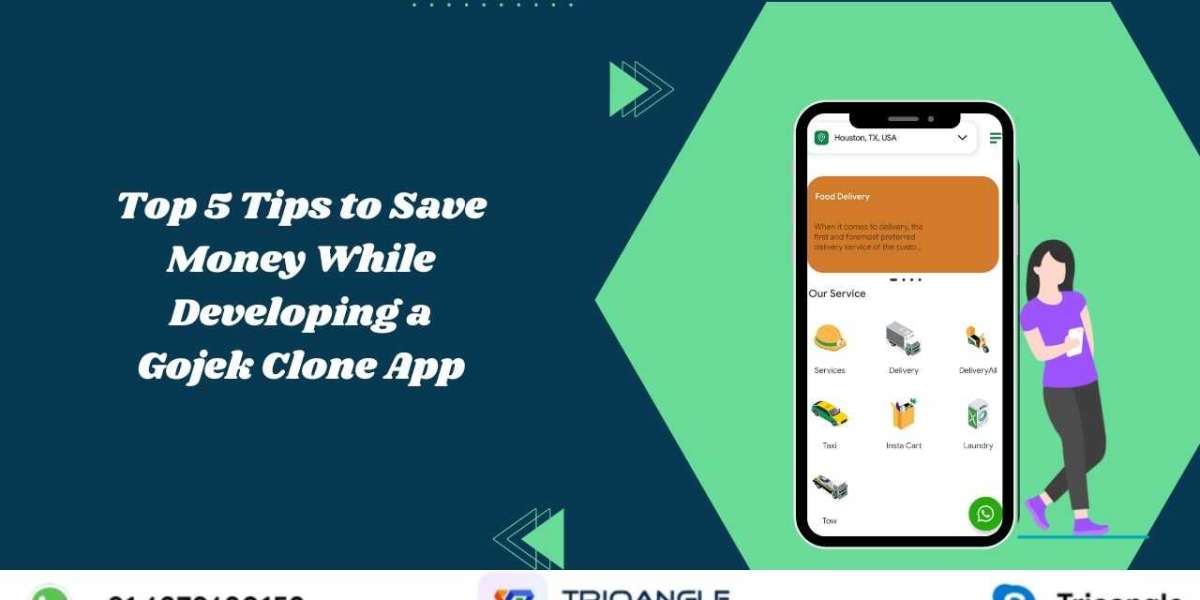Waze, the community-driven navigation app, has become a go-to tool for millions of drivers worldwide. By crowdsourcing real-time traffic data, Waze not only helps users navigate roads more efficiently but also allows businesses to leverage its unique business model for marketing opportunities. For business owners, the Waze business model offers innovative ways to target local customers, increase visibility, and drive traffic to physical stores.
Understanding the Waze Business Model
Crowdsourced Navigation
Waze operates by collecting real-time traffic data from its users, who share their driving experiences to help others avoid traffic jams, road closures, and other hazards. By creating a community of drivers who continuously share data, Waze has managed to build one of the most reliable traffic management systems in the world.
For businesses, this model creates marketing opportunities that allow them to target users based on their location, driving behavior, and proximity to their stores.
Ad-Supported Model
Waze’s revenue primarily comes from its ad-supported model, which offers location-based advertisements to drivers. Businesses can advertise directly on the app, using features like branded location pins, promoted search results, and in-app takeovers to target users based on their driving routes.
This location-targeting capability is key to understanding how Waze can be used to attract customers who are already nearby and on the road.
Set Up Waze Ads for Your Business
Location-Based Targeting
Waze offers several advertising options for businesses looking to engage drivers. One of the most effective tools is Waze Ads, which allows businesses to create location-based advertisements. These ads appear when users are driving near your store or in a relevant area.
There are a few different ad formats you can choose from:
- Branded Pins: Your business will appear as a pin on the Waze map, letting drivers know you're nearby. This is ideal for brick-and-mortar locations that want to increase foot traffic.
- Promoted Search Results: When users search for businesses or categories (like "coffee shops" or "gas stations"), your business can appear at the top of the search results if it’s nearby.
- Zero-Speed Takeover: These ads appear when drivers come to a complete stop, making them an excellent way to catch the attention of drivers at stoplights or in traffic jams.
Tailor Ads to Target Nearby Customers
The strength of Waze’s advertising platform lies in its ability to target users based on their physical location. This feature allows you to run highly relevant ads that are shown only to users who are in proximity to your business. By using geo-targeting, you can ensure that your ads are seen by drivers who are most likely to visit your store.
For example, if you own a restaurant, you can target drivers who are within a 5-mile radius, encouraging them to stop by for a meal.
Use Data-Driven Insights
Analyze Traffic Patterns
Waze collects valuable data from its users, such as their driving routes, time spent on the road, and peak travel times. You can leverage these insights to optimize your marketing strategy. For example, by analyzing local traffic patterns, you can identify high-traffic areas near your store where your ads are most likely to be seen.
If your business is located near a highway or a busy road, running ads during rush hour might result in higher engagement. Similarly, understanding when drivers are most likely to be on the road can help you plan promotions and time-sensitive offers.
Customer Behavior Insights
Waze’s data-driven platform also offers insights into driver behavior, such as preferred routes, frequent stops, and shopping habits. By understanding how users interact with the app, you can tailor your marketing strategy to better meet their needs. For example, if you notice that drivers often stop for coffee in the morning, you can create time-specific promotions offering discounts during peak hours.
Create a Compelling Call-to-Action (CTA)
Entice Drivers with Special Offers
To make your Waze ads more effective, include a compelling call-to-action that encourages users to visit your business. Offering special deals or discounts can be a powerful motivator, especially when targeting users who are already nearby and on the move.
For example, a gas station can offer a discount on fuel, or a coffee shop can promote a limited-time offer on beverages. The CTA should be clear, enticing, and time-sensitive to create a sense of urgency for drivers to take immediate action.
Build Local Awareness
In addition to promoting specific offers, Waze ads can also be used to build brand awareness within your local community. By ensuring your business is visible on the map with branded pins, you can make sure local drivers are aware of your location and keep your business top of mind when they need a product or service that you offer.
Monitor and Optimize Your Campaign
Track Performance Metrics
Once you launch your Waze advertising campaign, it’s important to track performance metrics to see how well your ads are performing. Waze offers detailed analytics, showing data on impressions, clicks, and navigation requests. Monitoring these metrics will give you insights into how effective your ads are at driving traffic to your business.
For example, if your branded pins are receiving a lot of impressions but not many clicks, you may need to revise your CTA or offer to make it more compelling. Continuous optimization based on performance data will help ensure that your marketing budget is being used effectively.
A/B Testing
To further optimize your campaign, consider running A/B tests. You can experiment with different ad formats, CTAs, or promotional offers to see which versions generate the most engagement. A/B testing will help you refine your strategy over time and identify what resonates best with your audience.
Combine Waze Ads with Other Marketing Channels
Integrating with Social Media
To maximize the impact of your Waze campaign, consider integrating it with other marketing channels like social media. For example, if you're running a special offer on Waze, you can promote the same offer on Instagram or Facebook to increase its reach.
Cross-channel promotion can help build awareness of your campaign and drive more traffic to your store.
Multi-Channel Approach
In addition to social media, you can combine Waze Ads with email marketing or local SEO efforts. A multi-channel approach ensures that your message reaches potential customers through various touchpoints, increasing the likelihood that they will visit your business.
Engage with the Waze Community
Waze Local Community Partnerships
Waze has a strong community of users who actively contribute to improving the app by reporting road conditions, traffic jams, and more. Engaging with this community can create positive brand recognition. By sponsoring community events or partnering with Waze on initiatives that benefit local drivers, you can establish your business as a valued part of the community.
Build Trust Through Engagement
Waze is more than just a navigation app—it’s a platform for building local connections. As a business, you can build trust with local drivers by offering useful promotions, providing excellent customer service, and engaging with the community through the platform. The more involved you are, the more likely drivers are to think of your business when they need a product or service.
Conclusion
Waze’s unique business model presents an opportunity for businesses to effectively target local customers on the go. By leveraging its location-based advertising options, analyzing driver data, creating compelling CTAs, and engaging with the Waze community, businesses can drive more traffic and increase visibility in their local market. Partnering with an on-demand app development company can help businesses further enhance their mobile presence and tap into real-time data for better customer engagement and growth.








